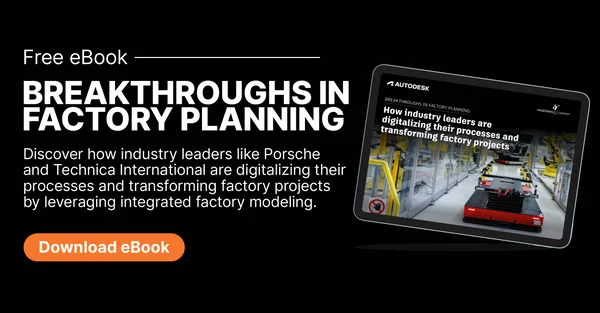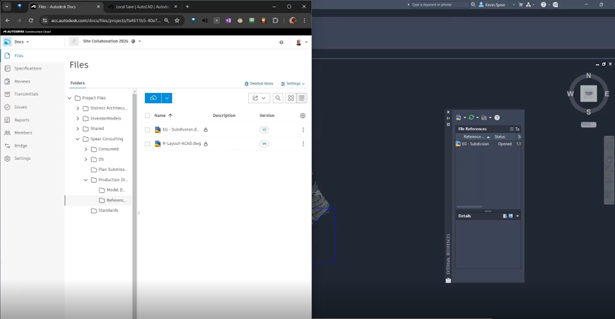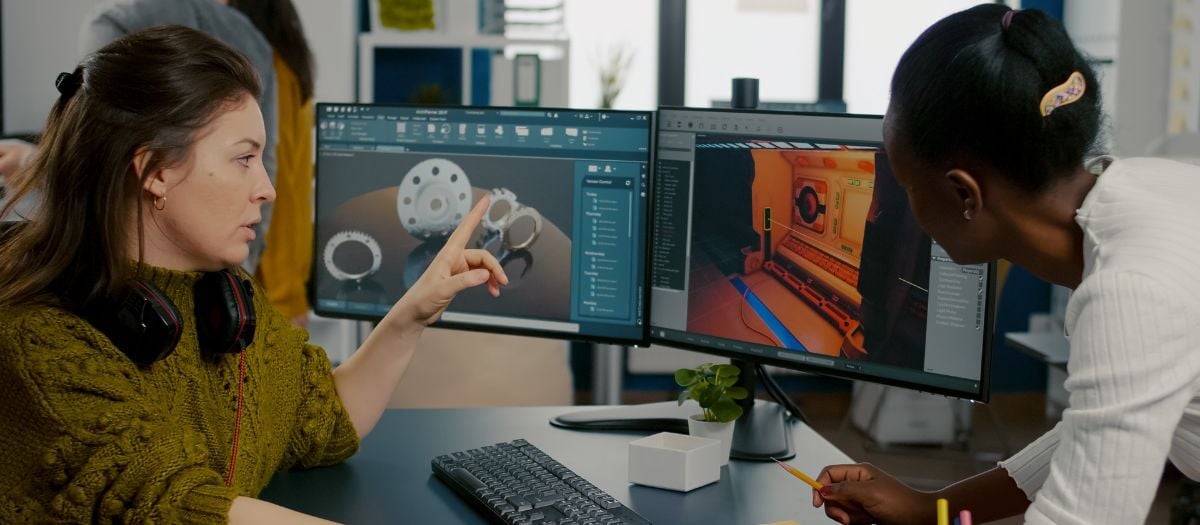In an era marked by rapid digital transformation, enterprises are leveraging the power of Integrated Factory Modeling, often referred to as the ‘Digital Factory’ or ‘Smart Factory.’ Integrated Factory Modeling combines Building Information Modeling (BIM) and digital factory planning to generate a digital representation of production facilities and equipment. This forward-thinking approach enables multi-disciplinary teams to plan, design, validate, build, and operate factories collaboratively within a central, always-up-to-date model, streamlining operations, fostering collaboration, and expediting project delivery.
Noteworthy examples of this transformative trend include global organizations like Porsche, Technica International, and Blue Projects, each embracing Integrated Factory Modeling to their unique advantage. In this blog article, we will distill the key takeaways from these three compelling case studies and demonstrate the transformative potential of adopting the Digital Factory concept.
1. Seamless Data Integration: The Catalyst for Reduced Project Delivery Time
Traditionally, project delivery in industries such as manufacturing has been time-consuming and labor-intensive. For instance, Technica International used to begin with 2D site layouts at customer sites, which they then painstakingly recreated in 3D to optimize production lines. Changes to design files necessitated manual updates to spreadsheet calculations, increasing the chance of errors.
This cumbersome process was completely transformed with Integrated Factory Modeling, using Autodesk's suite of tools, including Inventor, Navisworks, and Factory Design Utilities. Now, Technica International can integrate 2D and 3D designs seamlessly, reducing project delivery time by a remarkable 50%.
The real-time update of design data eliminates the need for repetitive tasks and significantly minimizes errors.
Interested in learning more about how industry leaders are digitizing their factory processes? Download our free eBook!
2. Remote Collaboration: Boosting Productivity Across Borders
The recent global pandemic has necessitated a shift to remote work, prompting businesses to find ways to maintain team collaboration and productivity. Integrated Factory Modeling makes remote collaboration possible by leveraging secure, cloud-based platforms.
Blue Projects successfully implemented this approach. This led them to manage communication, workflows, and real-time collaboration on 3D models using a common cloud-based data environment.
Through the digital ecosystem, Blue Projects conducted over 700 design reviews over an eight-month project period, preventing 1,700 potential clashes. As a result, time and effort savings allowed the company to expand rapidly, with offices now in 45 countries and ambitious goals for future growth.
3. Embracing Digital Innovation: Porsche's Leap into Electric Vehicle Market
In a marked departure from conventional vehicle manufacturing, Porsche used Integrated Factory Modeling to build its first fully electric sports car, the Taycan, and its production facility. Facing site-specific challenges such as environmental regulations and height restrictions in Stuttgart, Germany, Porsche leveraged digital factory planning to keep the project on time and budget.
Taycan Manufacturing Site at Stuttgart-Zuffenhausen
Every detail of the factory was entered into an integrated factory model—a digital twin of the facility, building systems, and production equipment—before ground-breaking. The model was instrumental in identifying potential issues, like clashes between vehicle assembly and other systems, during the planning stage itself, allowing for adjustments to be made proactively.
The result is a highly efficient factory that uses agile manufacturing processes, with a "flexi-line" to move car components. This ensures the bespoke customer requirements are easier to incorporate. All these processes were tested with virtual reality simulation before being implemented on the factory floor.
Tip: Learn more about how leaders are transforming their manufacturing processes in our eBook!
Porsche also committed to sustainability, creating a "zero-impact factory." This encompassed resource consumption, waste, and mobility for the entire site, featuring a green roof and photovoltaic systems. They focused on electrical energy from renewable sources and biogas-powered combined heat and power plants for supplying the factory's heat and additional electricity.
Forwarding Into the Future with Integrated Factory Modeling
The digital coordination model is not just for planning—it's a strategic asset for the entire building's lifespan. Integrated Factory Modeling isn't just the future, it's here, offering a competitive edge for efficiency, precision, and collaboration.
Case studies from Porsche, Technica International, and Blue Projects highlight the transformative power of Integrated Factory Modeling. It not only improves productivity and delivery time, but also supports sustainability efforts.
Want to dig deeper into their success stories and learn more about Integrated Factory Modeling?
Download our eBook today and start your journey towards mastering Integrated Factory Modeling!
Autodesk. 2023. Breakthrough in Factory Planning: How Industry Leaders Are Digitalizing Their Processes and Transforming Factory Projects.





Comments